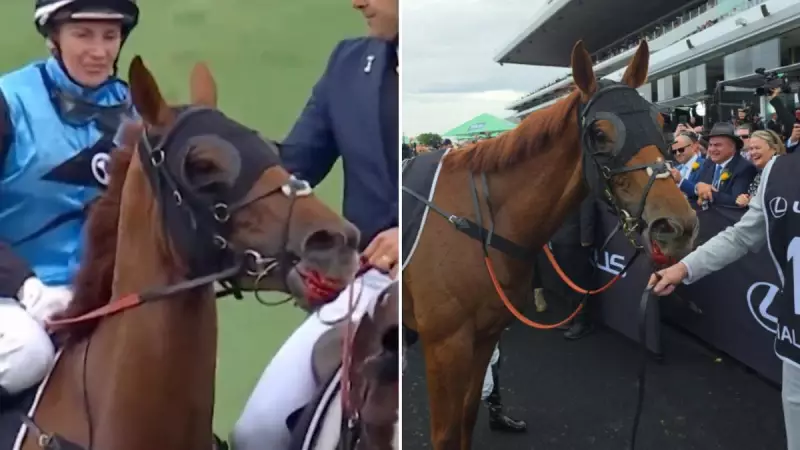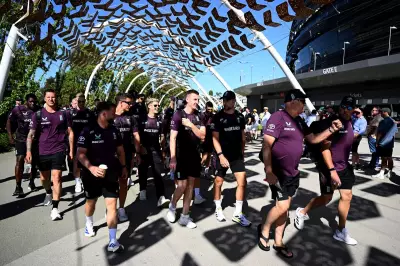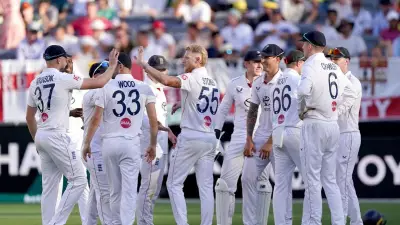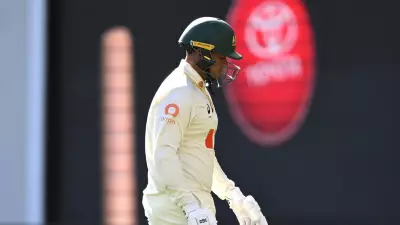
Melbourne Cup Day delivered its usual share of drama and excitement, but one moment left spectators particularly concerned when Half Yours crossed the finish line with blood-tinged foam visible around his mouth.
The striking image spread quickly across social media platforms, with racing fans expressing alarm about the gelding's condition. However, track veterinarians were quick to provide reassurance about what initially appeared to be a distressing situation.
Veterinary Experts Explain the Phenomenon
According to racing officials and veterinary experts, the blood-tinged foam is actually a relatively common occurrence in thoroughbred racing and doesn't indicate serious injury. The condition typically results from minor bleeding in the respiratory tract caused by the extreme physical exertion of racing at elite levels.
"It looks far worse than it actually is," explained one track veterinarian who assessed Half Yours immediately after the race. "The horse has been thoroughly examined and is absolutely fine. This is essentially the equivalent of a human athlete pushing themselves to the absolute limit and experiencing some minor respiratory irritation."
Immediate Post-Race Assessment
Racing Victoria's veterinary team conducted a comprehensive examination of Half Yours following the race and confirmed the gelding showed no signs of distress or serious health concerns. The minor bleeding had already resolved by the time the horse returned to the mounting yard.
Trainer John O'Shea also provided reassurance about his charge's condition, noting that Half Yours had recovered quickly and was behaving normally back in his stable.
Common Misconceptions in Horse Racing
Many spectators unfamiliar with the physical demands of elite horse racing often mistake this type of minor bleeding for something more serious. Veterinary experts emphasize that:
- The condition is typically superficial and self-limiting
- It doesn't cause the horse significant discomfort
- It's different from more serious conditions like exercise-induced pulmonary hemorrhage
- Most horses recover completely within hours
The incident served as an important reminder of the incredible athletic demands placed on thoroughbred racehorses and the comprehensive veterinary care that supports them throughout their racing careers.





